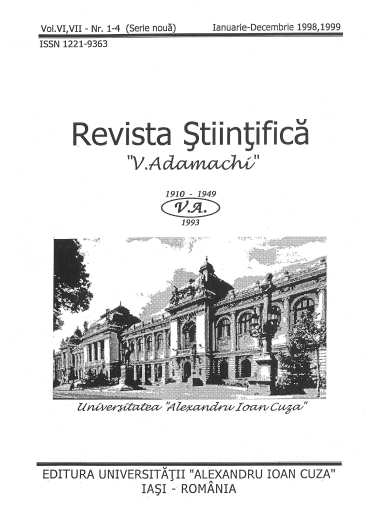| Abstract: The aim of this paper is to provide an investigation over the surface modification processes of aromatic-structure polymers treated by atmospheric-pressure helium plasma for different exposure time, and an assessment on the stability of modified surfaces. Being among most versatile and fast technologies for surface processing, plasma treatment has yet the disadvantage that the induced modification of the surface is not permanent, since the surface tends to recover to the untreated state, process known as the recovery mechanism. This ageing effect is due to both short-range motion, as reorientation of induced polar chemical groups into the bulk of the material, and long-range mechanisms, as diffusion and chains relaxation, acting with different time constants, on different surface and subsurface layers. Here, the surface of the polymers, before and after treatment, is analyzed by contact angle, solvent absorption and X-ray photoelectron spectroscopy (XPS). The dynamics of the surface is assessed monitoring the ageing in air and in water. The polymer films show an obvious increase in hydrophilicity due to the implantation of oxygen-containing groups. The hydrophilic character has a very limited dependence on exposure time and depends on the chemical structure of the polymer. The immersion in water after treatment ensures better stability, whereas immersion 30 days after treatment accelerates ageing. XPS indicates some loss of oxygen-related groups on water immersed samples, depending on the treatment time and on the initial degree of surface oxidation. Results show that combined diffusion – reorientation mechanisms are to be taken into account in a model for hydrophobic recovery. |



